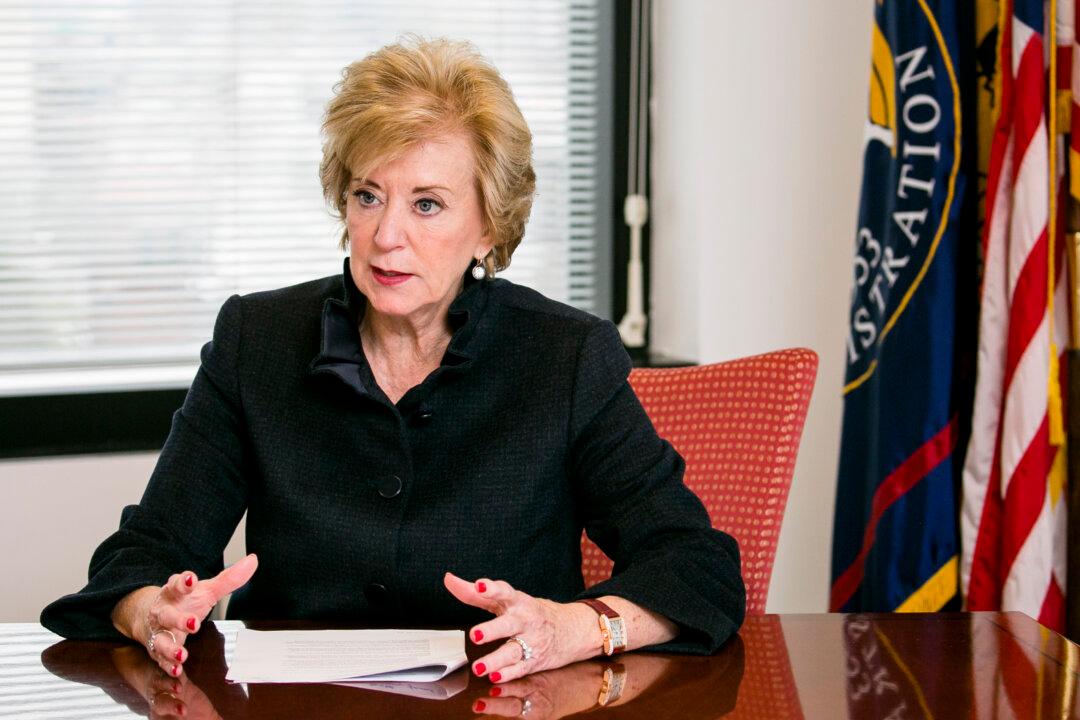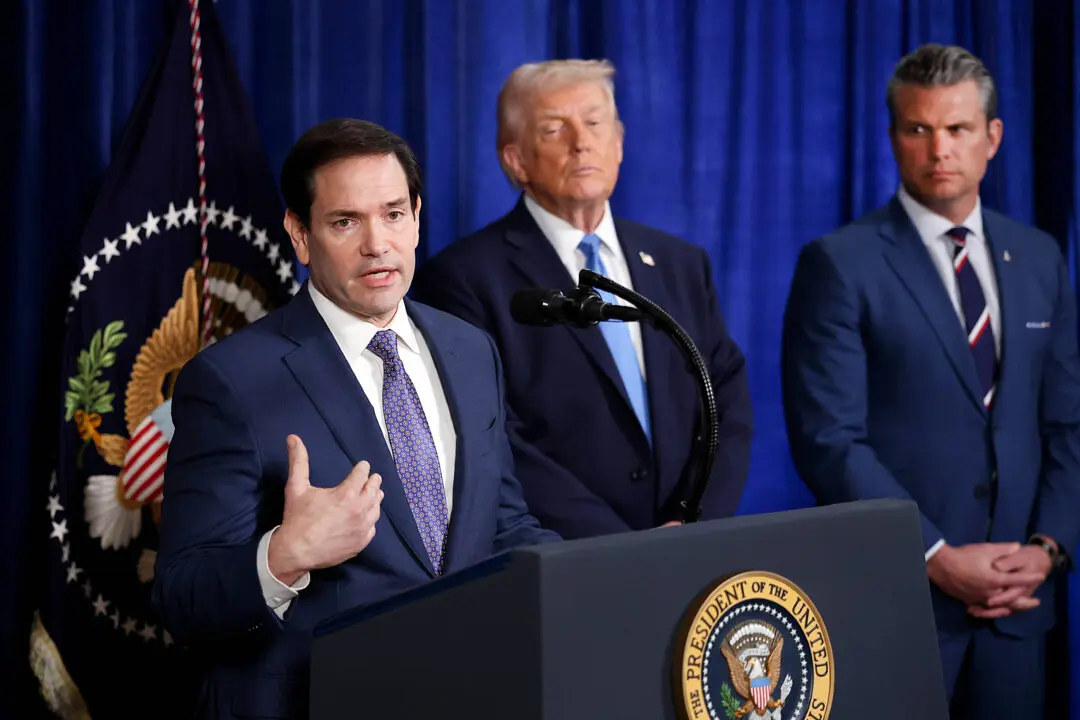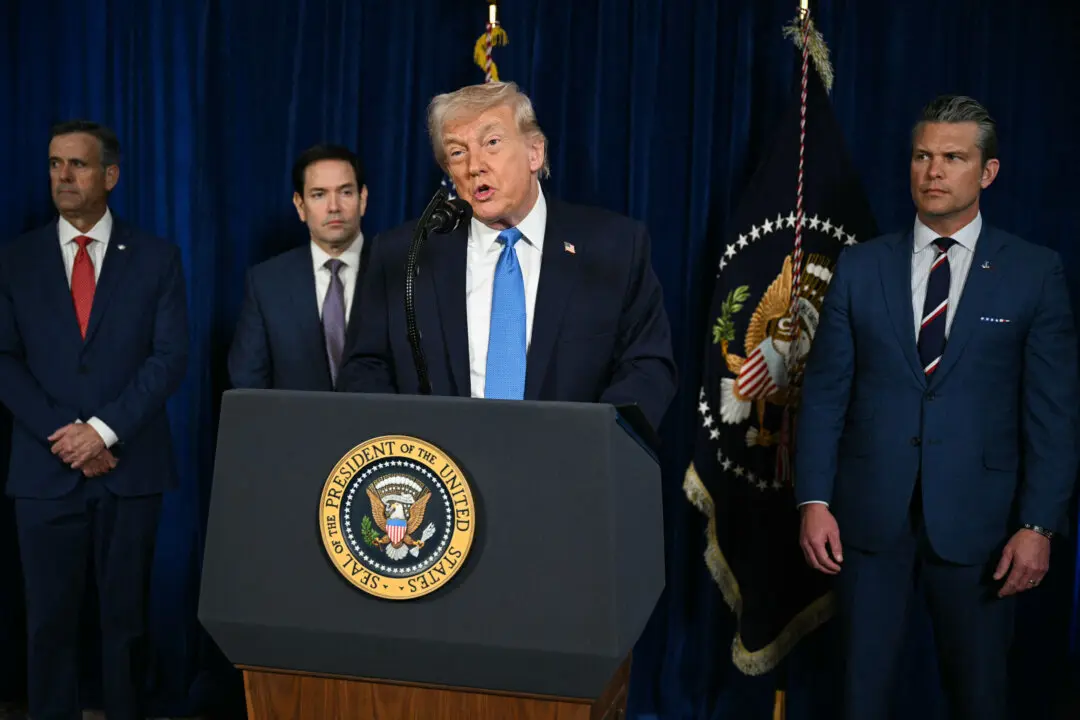WASHINGTON—In advance of Hurricane Florence making landfall, the U.S. Small Business Administration (SBA) announced that it beefed up its disaster loan program, which is the main source of federal assistance for small-business owners.
The SBA provides low-interest disaster loans to flood-ravaged businesses and residents to help them get back on their feet.





